Defination of Customer Loyalty?
How to Set Up a Customer Loyalty Program that Works. Customer loyalty refers to a customer’s likelihood of doing business with an organization or brand again. Customer satisfaction, positive client experiences, and the overall value of products or services a customer receives from a firm all contribute to it.
Customer loyalty is defined as a customer’s decision to do business with your brand above that of your competitors, and it is heavily impacted by the customer’s great experiences with your product. How to Set Up a Customer Loyalty Program that Works.
The better their experience, the more inclined they are to buy with you again.
Customer loyalty is critical for businesses since it will help you develop your business and revenue more quickly than a simple marketing strategy that focuses solely on attracting new consumers. How to Set Up a Customer Loyalty Program that Works.
Why Customer Loyalty Program Matter?
A customer loyalty program is a marketing approach that pays customers for making repeat purchases and engaging with the company. Discounts points redeemable for purchases, free products, and even early exposure to new products are all possible benefits. Customer loyalty programs are intended to encourage repeat purchases. This makes customers want to keep doing business with your company.
Customer loyalty programmes can be designed in a variety of ways. Customers are rewarded with points that can be used on future purchases in a popular customer loyalty programme. Another form of customer loyalty programme can reward them with member-only benefits or free gifts, or it might even reward them by donating money to a charity that both you and your customers care about.
Whatever the circumstance, the fundamental notion remains the same.
You’ll create a rapport with customers by rewarding them for being loyal and supportive, increasing their engagement with your brand and, perhaps, making them less inclined to switch to a competitor.
What are Benefits of a Customer Loyalty Program?

Customer loyalty programmes are probably something you’ve experienced in your own buying experience, whether it’s at your favourite cafe or your most frequented supermarkets. We keep a running list of successful brand loyalty programmes, so your competitors may be running loyalty campaigns as well.
But just because everyone else is doing it doesn’t make it a valid excuse for you to follow the same path.
The more you know about the advantages of a customer rewards programme, the easier it will be to build one for your own business. Exciting bonuses and sophisticated loyalty point systems will not divert your attention.
Always keep in mind: Use your thinking abilities to reduce the number of tasks and extra steps so you can spend your time wisely and efficiently.
1.Customer Loyalty Programs Increase Customer Retention
The core benefit of a rewards programme is customer retention, which acts as a foundation for all of the other perks. You will give your shop a continuous flow of revenue month after month if you provide benefits for your current consumer base to continue purchasing from you.
Your retention rate is the frequency with which people return to your store.
By raising your client retention rate, you may spend less time and money on expanding your entire customer base.
Why is this important?
Consumers who are loyal to you have a greater conversion rate than new customers, which means they are more likely to purchase when they visit your store.
Furthermore, they are more inclined to spend more per transaction. By boosting your retention rate by just 5%, you can raise your profitability by 25% to 95%.
It goes without saying that your retention rate is important.
2. Marketing Costs Will Be Reduced with A Loyalty Program
Increasing your retention rate ensures that loyal customers will return to your store monthly to spend their hard-earned money.
You also won’t have to spend any heavily on marketing to get them there. Customer acquisition takes a lot of effort and money to convince complete strangers to accept your brand, come into your store, and try out your products. In the end, any profit made by this new customer pales in comparison to the costs of bringing them in.
E-commerce and brick-and-mortar businesses alike rely on repeat customers to grow their businesses because acquiring new customers costs five to twenty-five times more than keeping existing customers.
3. Customer Loyalty should be handled Naturally. Focus on word-of-Mouth Promotion
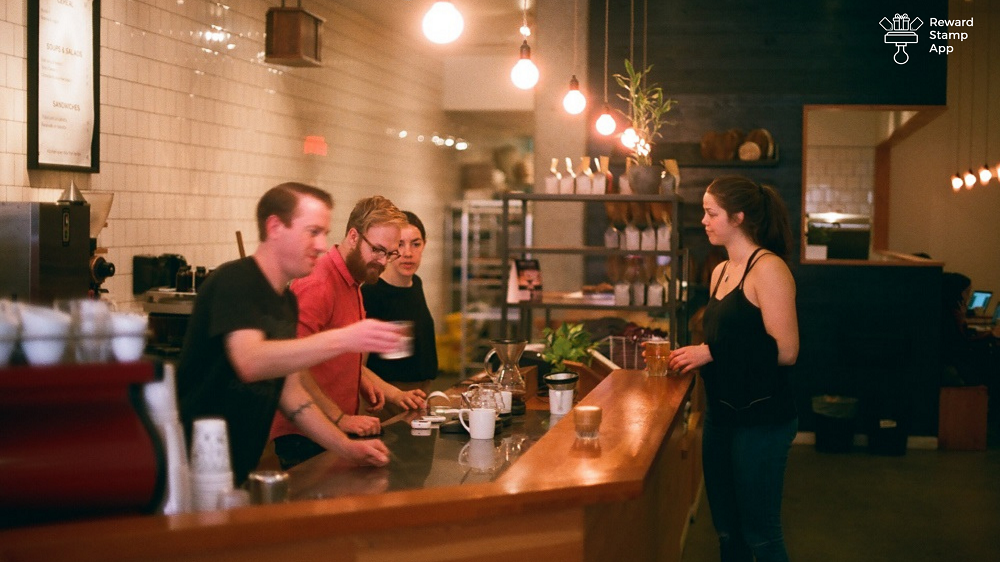
When you focus on giving your existing clients a great personalised experience, they will automatically tell their friends and family about your company.
And as time goes on, devoted consumers will tell even more others about each transaction.
This is known as word-of-mouth marketing, and it is a more effective marketing method than traditional marketing methods alone, with greater conversion rates.
What’s the best part?
These new clients are more likely to become loyal customers, purchasing more on average than new customers brought in through other marketing initiatives because they came from trustworthy sources.
For example, the Chase Ultimate Rewards programme provides significant benefits to frequent travellers. Despite the fact that Chase is a credit card company with little to do with travel, it takes advantage of the interests of its target audience (those who spend the money on big items like flights, hotels, and resorts) by rewarding cardholders who use their Credit card to purchase these items.
People who travel frequently—and have the financial means to do so—have a strong incentive to spend money through the ultimate rewards programme.
Because the more you spend, the more different types of bonuses you can get.
This complete system makes claiming incentives a worthy cause for celebration, which is exactly what many cardholders do. Chase also offers a bonus to assist them in doing so.
How Do You Start a Customer Loyalty Program?

Launching a customer loyalty programme is largely determined by how well you know your clients and what would encourage them to return to your store. Once you’ve mastered the fundamentals, a loyalty rewards software can assist with the technical aspects.
Here are all the methods to get your loyalty program up and running.
1. Know-How Your Customers – Render Service
Customers don’t need to buy something they don’t want or need. Your loyalty programme is no exception.
As a result, your incentive scheme must be so enticing that people cannot refuse it.
And understanding your consumer base thoroughly is the only way to build an attractive customer loyalty programme.
What’s the best approach to go about it?
Implement the following strategies:
Assemble a complete address book for your company that allows you to connect current customers as often and as easily as feasible. This will make it easier to develop marketing initiatives and provide you with a better understanding of who is connecting with your business and why.
Recognize what your customers desire and when they desire it. As a result, you will be able to anticipate their desires and requirements and supply them with a loyalty programme that will meet their expectations.
Sort customers into categories based on their personal characteristics and interests. Don’t limit your loyalty programme to just one channel of success; take a multi-faceted approach. You may start tailoring your programme to suit as many people as possible by learning their individual preferences.
Encourage more people to use social media. Create social media engagement strategy for your clients and key demographic. Customers will soon give you highly detailed feedback on your goods and services, allowing you to better grasp what they anticipate from your company.
2. Choose Right Type of Customer Loyalty Program
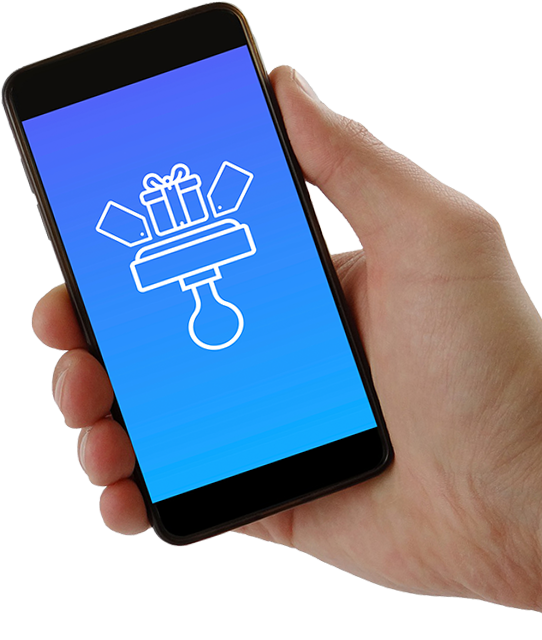
Once you’ve figured out who your customers are and why they do business with your company, you’ll need to figure out what kind of loyalty rewards programme will motivate them to stick with you.
Every brand is different, and you’re only limited by your creativity. The most common customer loyalty programmes, on the other hand, revolve around three key concepts:
Customers are rewarded with points in a point-based system for every product they buy in this type of programme. These points can then be redeemed for new purchases or placed towards a prize. In general, the higher the payout, the more and more points you have.
Customers must pay just one or annual charge to enrol their Elite list in this type of service. Members who go on the list have access to special incentives or benefits that are only available to members.
This kind of program is a little different from the rest. It tries to utilise basic values that both customers and a brand share, rather than using a rewards system to incentivize future purchases.
This is accomplished by motivating them to do business with the company and rewarding their loyalty with a charitable donation.
This sort of service is comparable to paid programmes, except instead of a one-time payment, the subscription price is paid on a routine basis.
3. Appreciate & Reward Your Right Customer Behaviour

After that, decide which customer interactions you want to honour. These incentives should be based on whatever interactions benefit your company the most.
You can, for example, offer activity rewards like these to assist your firm to succeed:
- Customers that do transactions with your brand during a slow time of year or on a typically slow day of business should be rewarded more.
- Consumers should be rewarded for recommending new customers.
- Customers that interact with your brand on social media should be rewarded.
- Incentivize the sale of particular products that you want to move quickly.
- Purchases beyond a particular dollar amount should be rewarded.
4. Start the Sign-Up Process
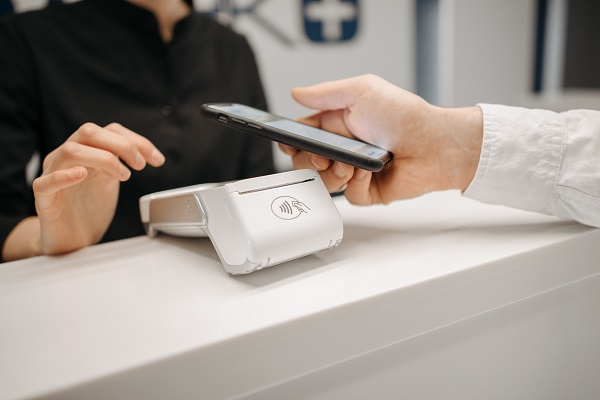
It’s time to begin marketing and signing up your initial loyalty members after you’ve taken the time to make a decision on which customer loyalty methods you’ll use.
Market your loyalty program in the same way that you would any other service or product. To encourage your consumers to join, use in-store promotions, incorporate call-to-actions on your webpage, send out promotions via email, newsletters, or post promotional messages on social media.
5 Ways to Keep Customers Coming Back
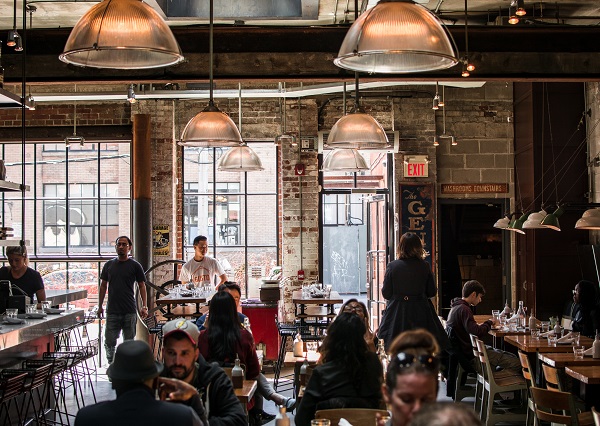
You see what your customers want to buy, but do you know what keeps them coming back day after day, week after week? What draws customers to your store instead of the one across the street?
What distinguishes them as your customer rather than a customer of your main competitor?
Interestingly, the right answers have little to do with low pricing or high-quality goods.
So how do you do it?
By retaining their attention. More than flash deals, flashy items, or costly marketing initiatives, customer interaction produces devoted customers. It’s what creates an emotional bond between the customer and your business, making them far more inclined to stick with you because of other stores with which they’re not familiar.
Client participation is the process of establishing a long-term relationship with customers that will stand the test.
There are other methods for increasing consumer involvement, but I’ll concentrate on the most successful.
1.Offer More Than Just a Discount

Many loyalty programmes fail because they only offer a simple discount based on a consumption restriction. People enjoy discounts, and thanks to the advancement of technologies have the ability to download coupons right away, they’re rather easy to come by online.
Allow your reward points to provide more than just a quick discount.
Reward Stamp App, for example, offers a specialised mobile app for their loyalty program.
These types of benefits are particularly popular with customers.
Make your Reward Stamp App as enjoyable as possible for your customers by offering a wide range of benefits.
2. With Gamification, You Can Tap into the Brain.
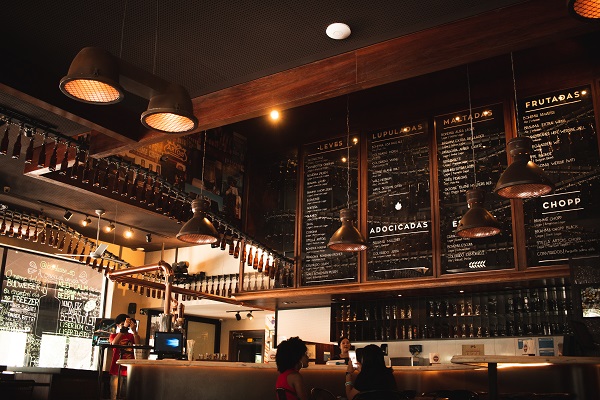
People stay loyal to dating relationships or popular sports teams for a reason it has almost nothing to do with how they think they feel about them.
Romantic love activates the brain’s addictive behaviour and reward regions, just as sports teams activate a cultural survival strategy. With each, you’ll discover an unshakeable loyalty that’s difficult to describe using logic and reason.
Similarly, you can cultivate client loyalty by appealing to particular brain regions that are significantly stronger than your competitor’s spectacular digital ad.
The other most common forms of gamification that exist in rewards programs come in the form of:
Redeemable Points
Rewards
Chats
Performance Graphs
Competitive or Winning Edge
3. Provide Deep Marketing

A rewards program with privileges can undoubtedly attract new customers, but one that takes a position on critical social problems is more likely to generate customer loyalty than one with just incentives.
People are looking for more possibilities to join in social activities that give back in significant ways in a society that is always changing and where worldwide anxiety is growing at unprecedented rates.
Your clients will not only appreciate the benefits you provide, but they will also feel linked to the social causes you are unofficially helping. You can boost client retention and engagement over time by offering a genuine connection to your rewards programme.
4. Keep It Simple with Digital Loyalty Program

It’s easy to be enticed to build layer upon layer to your own customer loyalty programme, given all of the interesting and imaginative loyalty and rewards programmes available. It’s important to keep it as basic as possible unless you have the resources to run a complicated rewards programme.
Customers will be less encouraged to join if they don’t grasp how it works.
A loyalty card programme that runs automatically within a mobile app is the most convenient method to achieve this. Customers can accrue points with both online and brick-and-mortar stores using loyalty reward programmes App like Reward Stamp App.
The best part about a digital loyalty program?
You may evaluate client data to help enhance your business because everything is maintained within the Rewards Stamp App. You may track consumer spending patterns to figure out when they’re most likely to shop, which things they’re most likely to buy, and which rewards and incentives will entice them back into your store.
5. Consider collaborating with other companies.

Even if you have a strong loyalty programme in place, you will want to attract new consumers whenever possible. Partnering with other local businesses that share your targeted audience but aren’t direct competitors is the simplest method to do this without spending money on fancy marketing campaigns.
In an ideal world, you’ll locate another company that caters to the same demographic as you, and their present clients will be naturally interested in your brand. Because this company already has developed consumer relationships, recommending your brand through the combined loyalty programme will work similarly to word-of-mouth promotion.
Conclusion
Developing a client loyalty programme does not have to be a major undertaking. When done effectively and tailored to the consumer experience, however, it can pay off handsomely for your company.
If you’re not sure where to start, use a simple survey form to ask your current customers what they want to see in a rewards programme. You will have a clear direction on what will draw them returning to your store once you know what they desire.
If you liked this post, be sure to follow us on Twitter, Facebook, Linkedin, YouTube, Instagram, Pinterest! And don’t forget to subscribe.
For more information connect us at https://rewardstampapp.com/affiliate-partner/

